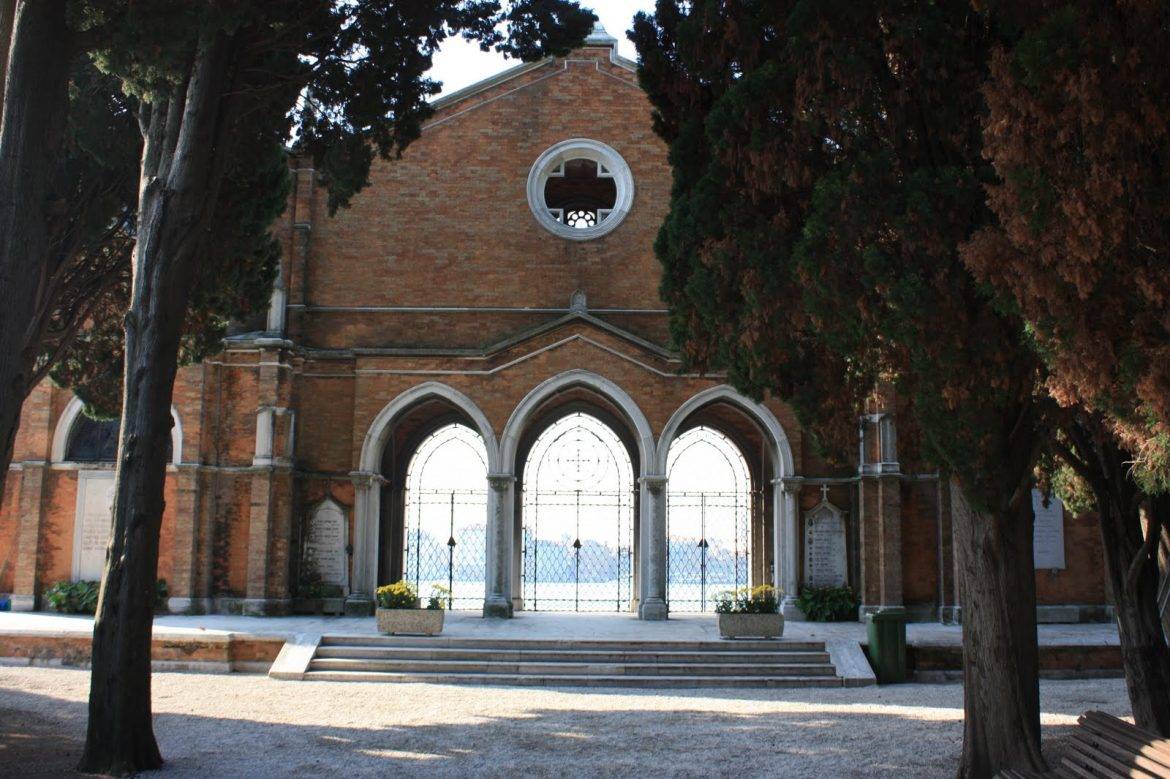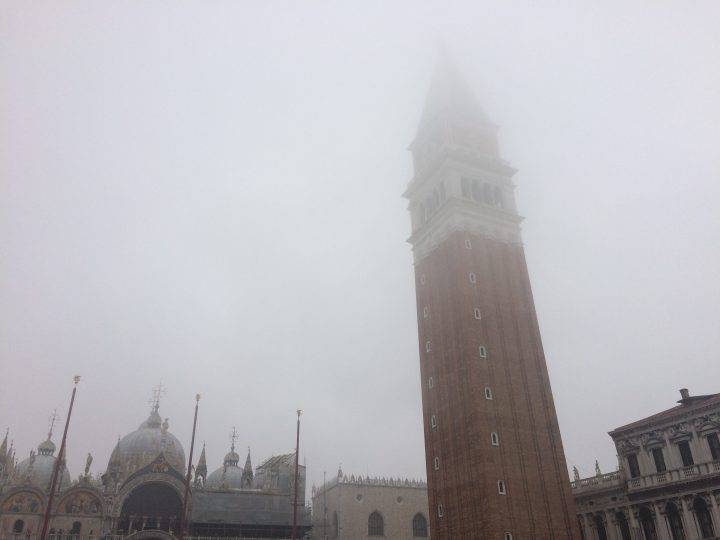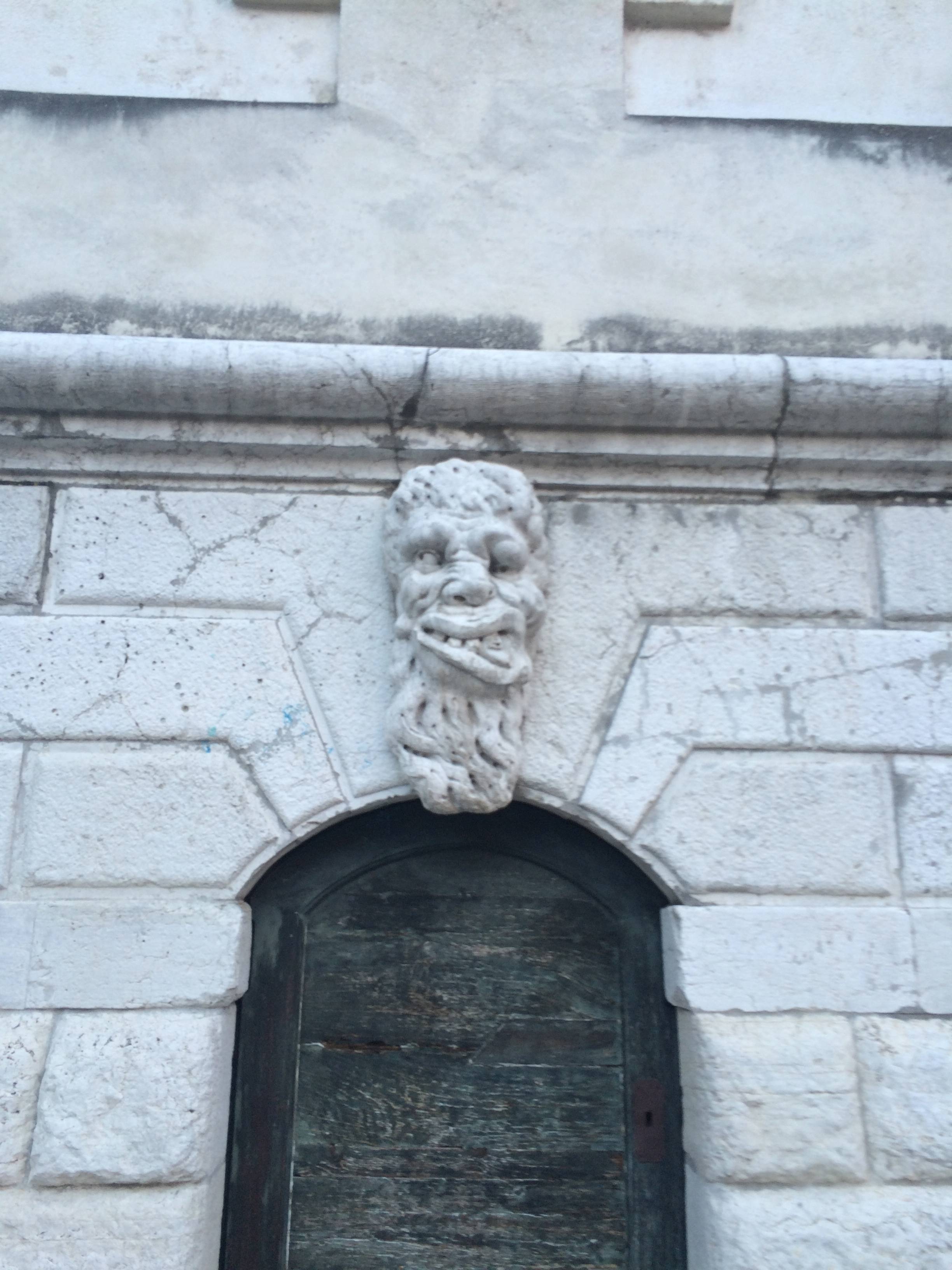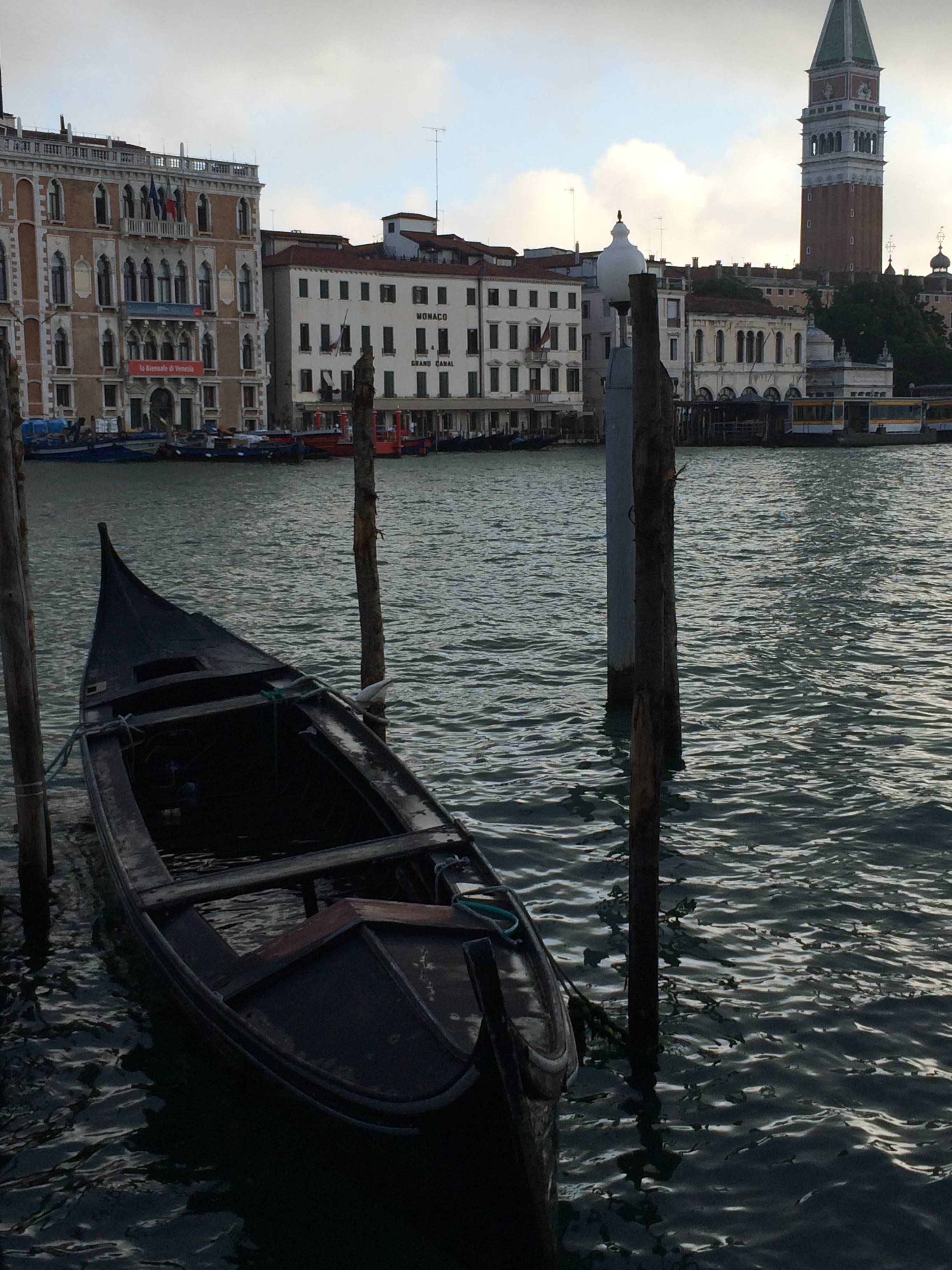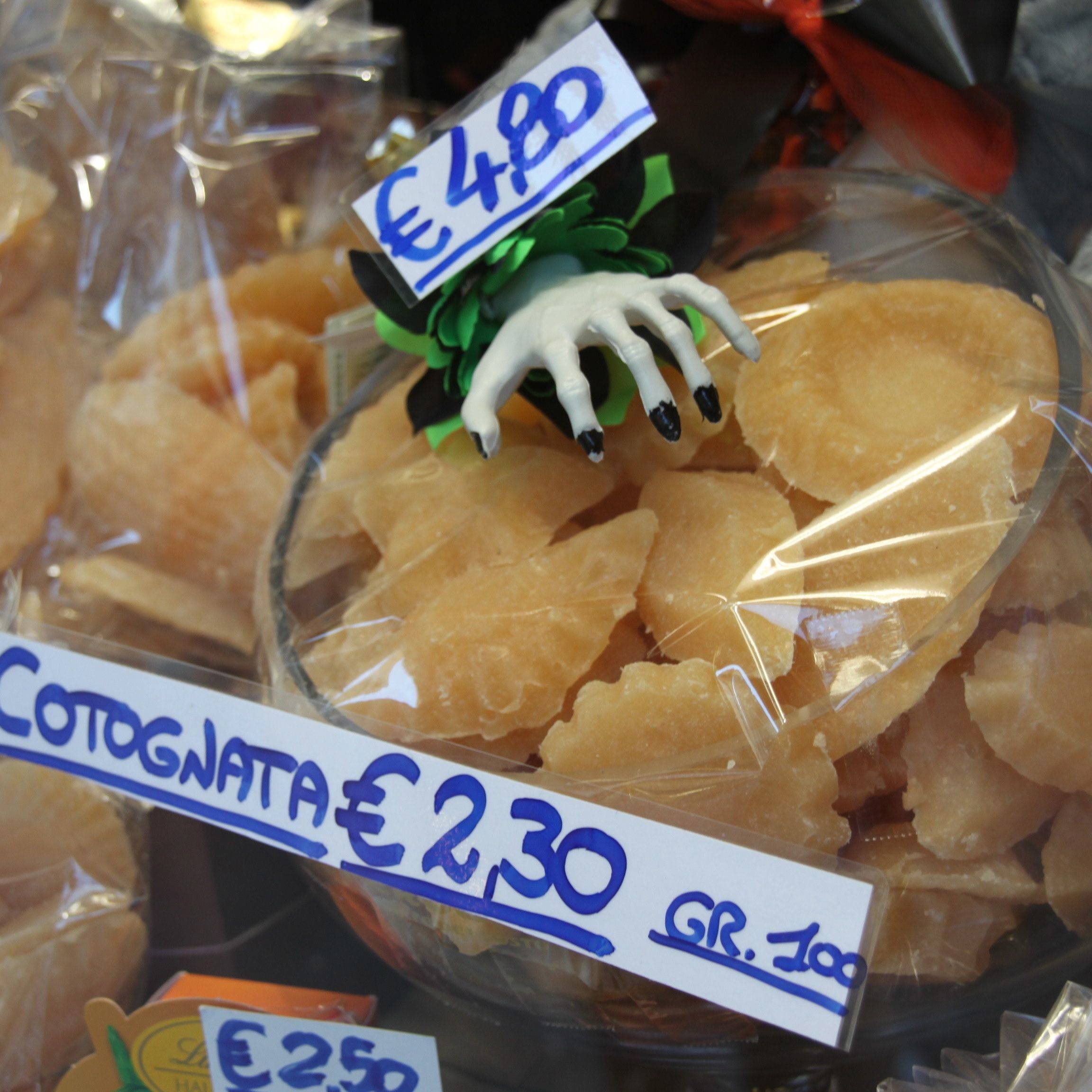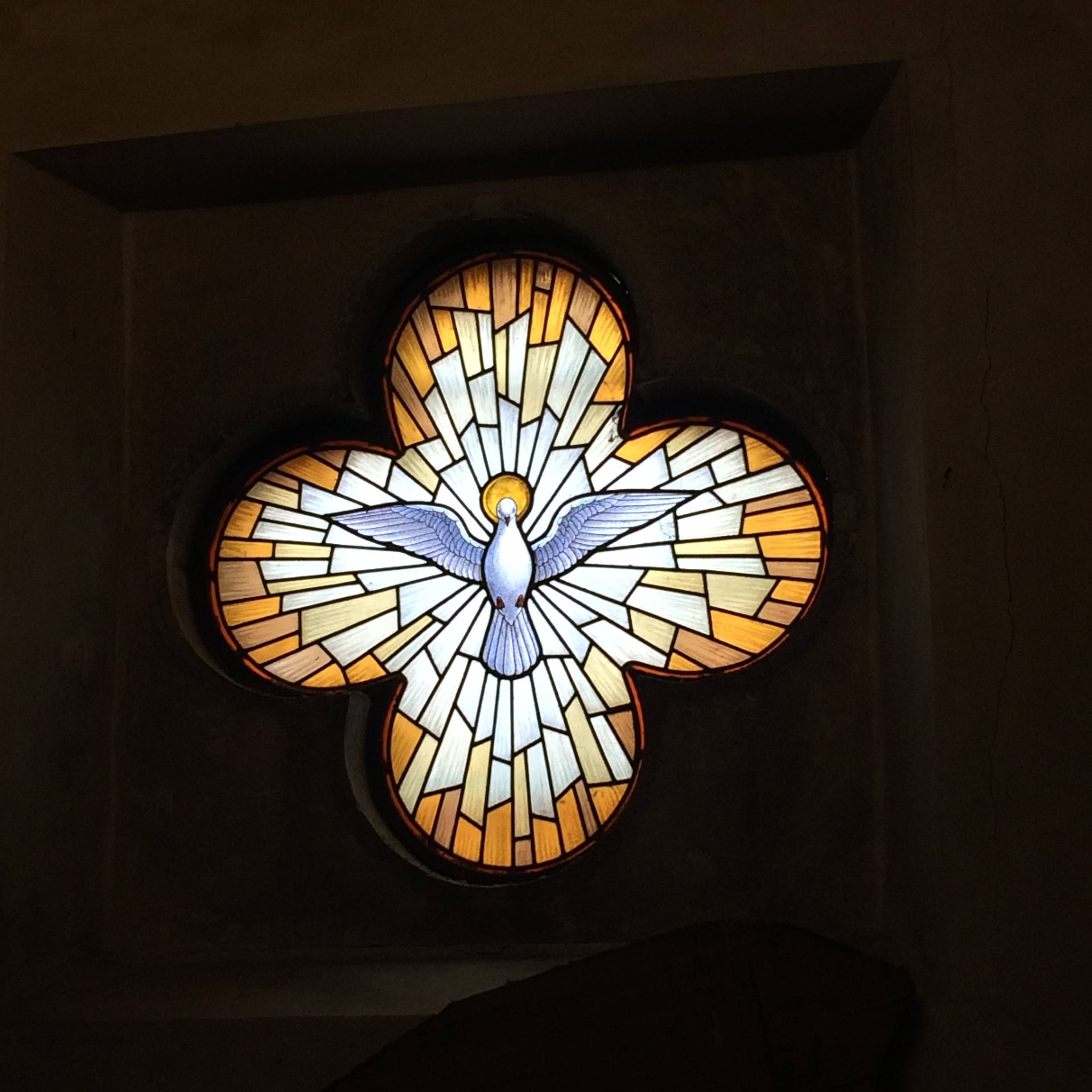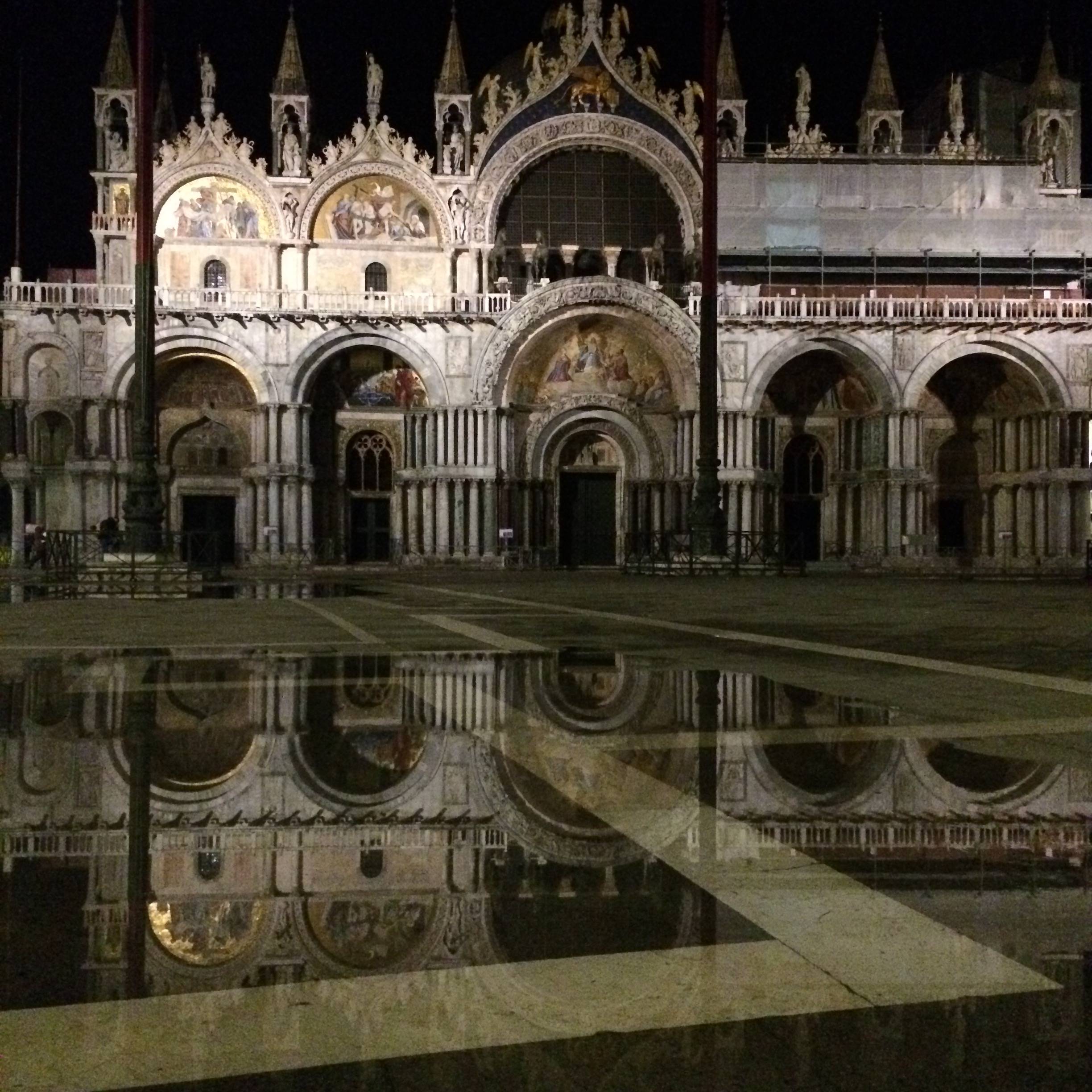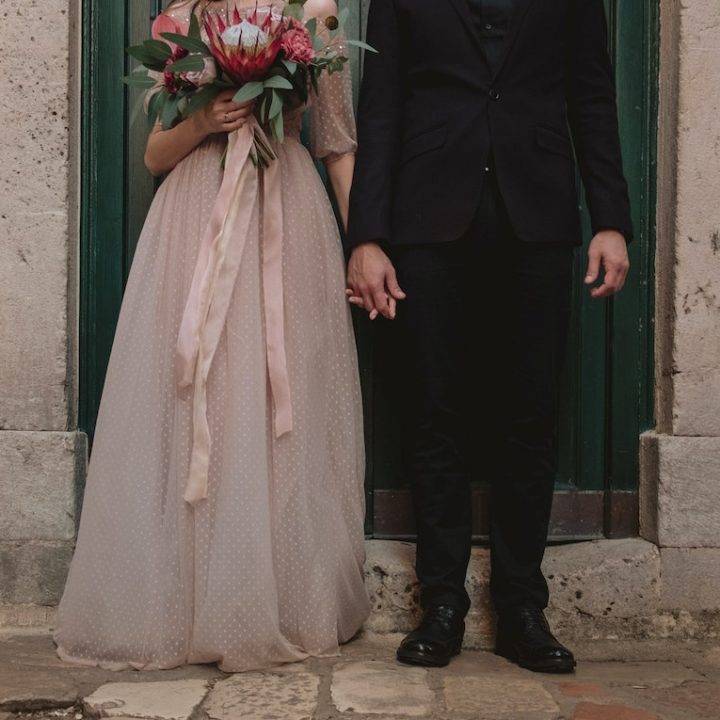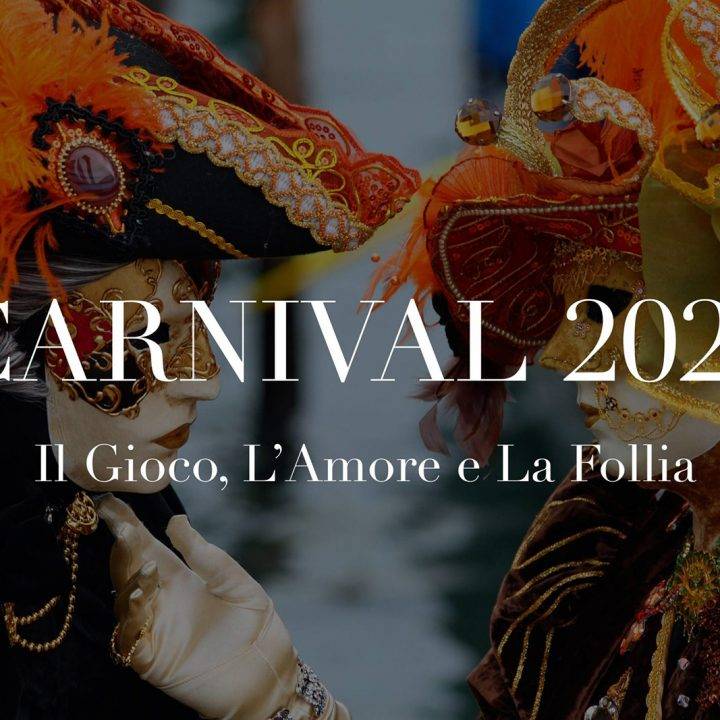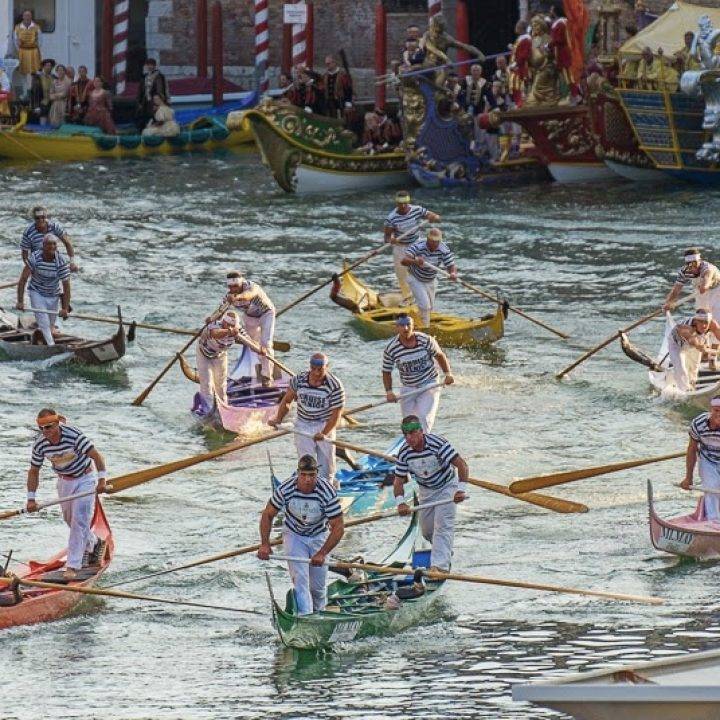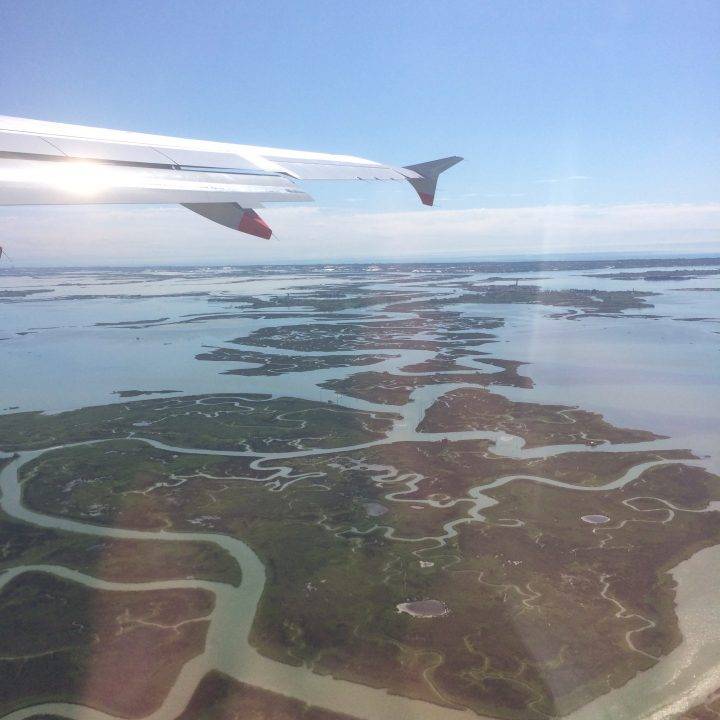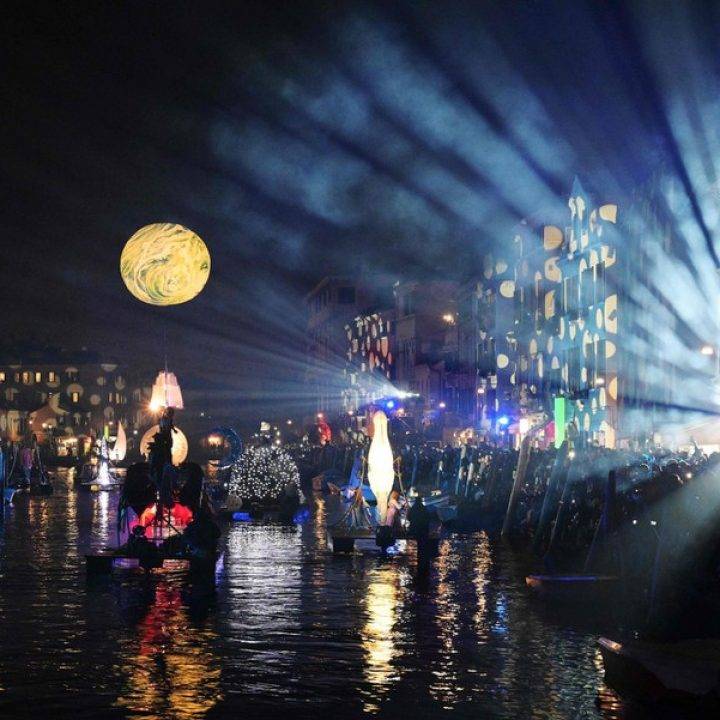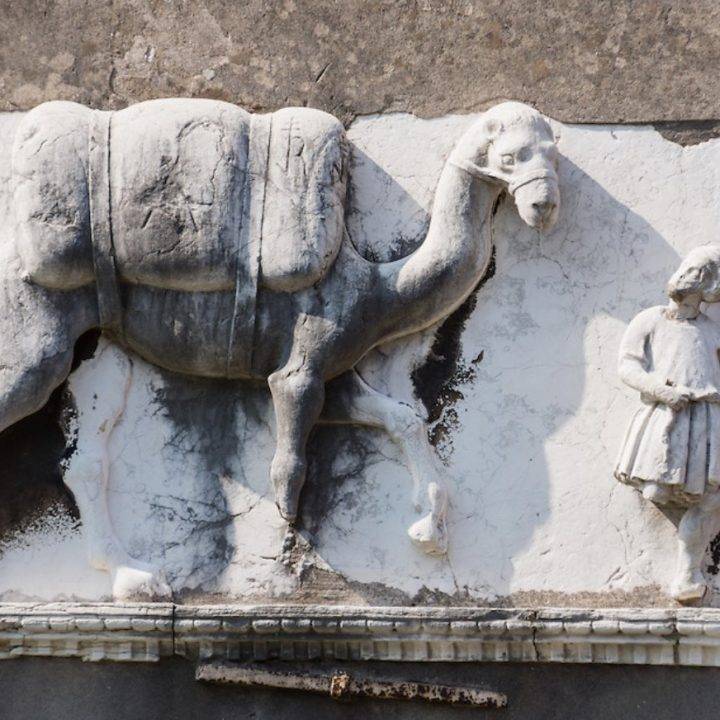Anyone who has visited Venice during this time before will be familiar with just how ghostly Venice can be when the layers of fog role in, and the quieter calle’s echo with the steps of a solitude persons footsteps. Having said all this, it is often enough to just turn a corner in order to find yourself in the throng of a bustling family. Especially during these festival days of 1st & 2nd November. Halloween in Venice is celebrated like this…
I would like to say – forget all that you know about Halloween at home and just observe the way the Venetians respectfully remember their dead- but alas, despite the fact Halloween is not traditional in Italy, it is starting to make itself seen in pasticceria windows and various parties that inevitably take place. It is also becoming more and more common to see trick-or-treating taking place (‘Dolcetto o scherzetto’), and with the amount of doors in such a concentrated area you can well imagine that it is quite a hoard the children bring in!
This is not to say that Italy does not have its own long-standing, proud traditions around this period. Tied closely to religion and food as so many things in Italy are.
The 1st and 2nd of November are festival days in Venice (be aware that this means certain services will not be running as normal).
1st All-Saints day ‘I Santi’
2nd All Souls day ‘I morti’ (The dead)
This two/three day period of celebrating and remembering the dead is deeply ingrained in Italian history and as with all Italian traditions, every region has developed their own customs. Seeing as we will be wondering the foggy streets of Venice, the following traditions are those carried out in the Veneto region.
As with any festival worth celebrating, food is at the heart of it all and despite having drifted slightly from the original recipes, the concepts are still the same (see ‘Fave dei morti’).
1st- Ognissanti
All saints day is when everyone gathers to celebrate the saints and it is believed to have originated in the 3rd or 4th Century with Pope Gregory IV making it a catholic holiday in 835AD. In Veneto, it starts early with the bells calling everyone to church. Throughout the day there are several customs that are practiced but they mainly revolve around families getting together and sharing a meal. This will most likely be made up of good comforting ‘soul food’ such as lentils and fish.
2nd- Il giorno dei morti
The following day ‘the day of the dead’, often sees families visiting the graves of ancestors, cleaning these graves and saying a prayer at church, especially for those souls thought to be in purgatory. It is believed that there is a strong connection between the living and the dead on this day, and for this reason (returning to the topic of food once more) a place is often laid at the table for those who have passed away or even a glass of water for them to drink.
Taste of Tradition
As a visitor, if you find yourself in Venice other these days just observing quietly all of this is something quite beautiful. You will recognize the Haloween pumpkins and the bloody masks, but the original customs are much subtler, quieter and thoughtful. From a flavor point of view however, we would strongly encourage you to make it your mission to taste one (if not both) of the traditional Veneto dolce.
Firstly, ‘fave dei morti’ (beans of the dead) a sweet almond biscuit made in three different colours. Legend has it that Fava beans, which the almond biscuits are supposed to represent, were a direct line of communication between the world of the living and dead. An alternative story is that they developed this name because the original recipe used Fava beans, however this is missing some of the allure of the first story.
Secondly, the ‘dulce de membrillo’ otherwise known as ‘Cotognata sweets’. They can be described as a sort of crystalised quince jelly, made of an apple-pear fruit. We recommend MASCARI, the last spice shop in Venice and can be found by the Rialto Market.
It used to be that families would visit their deceased relatives on Isola di San Michele (Venice’s Cemetry) via a temporary foot bridge, connecting Fondamenta Nuova and the Island. However, whilst the tradition still remains to pay respect to those treasured graves, the trip is now made by vaporetto, which during these three days runs a free service.
